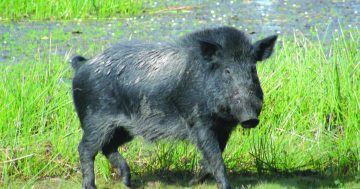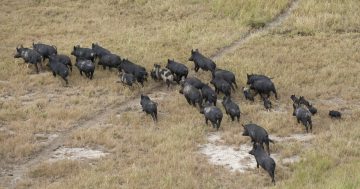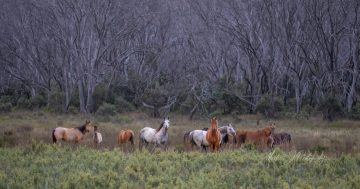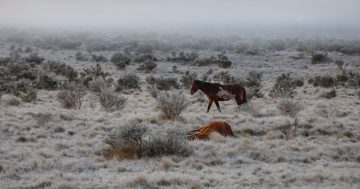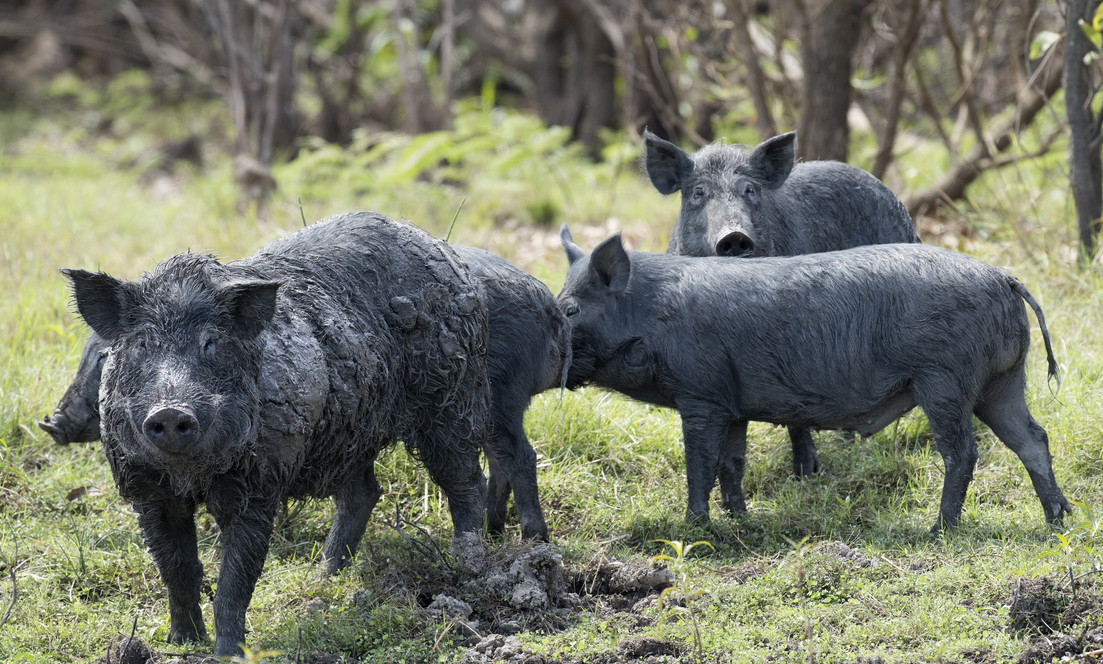
Wet conditions have seen feral pig populations boom and farmers are calling for help. Photo: File.
Pigs are on the loose and farmers are calling for help to control booming feral populations across the state after years of wet weather saw numbers rise exponentially.
According to NSW Farmers President Xavier Martin, millions of feral pigs are rampaging across the countryside attacking native animals and livestock, and causing damage to crops and infrastructure.
“From the Western Riverina through the Central West and up into the Northern Tablelands, we’re hearing members tell us they’ve never seen pigs this bad before,” Mr Martin said.
“Aerial shooting over the past year saw 80 per cent more pigs culled than the year before, and authorities have distributed 74 tonnes of baits to landholders, but the numbers continue to grow particularly on public land.”
Local Land Services estimate that more than 63,000 feral pigs have been culled in the past 12 months in a coordinated aerial and on-ground shooting and baiting program.
Mr Martin said that while government culling programs had made a small “dent in the overall number of pigs in certain areas”, more resources were needed.
“It’s clear the pig numbers are growing out of control now, and we need a drastic and sustained increase in resources for everyone involved to get on top of the problem once and for all,” he said.
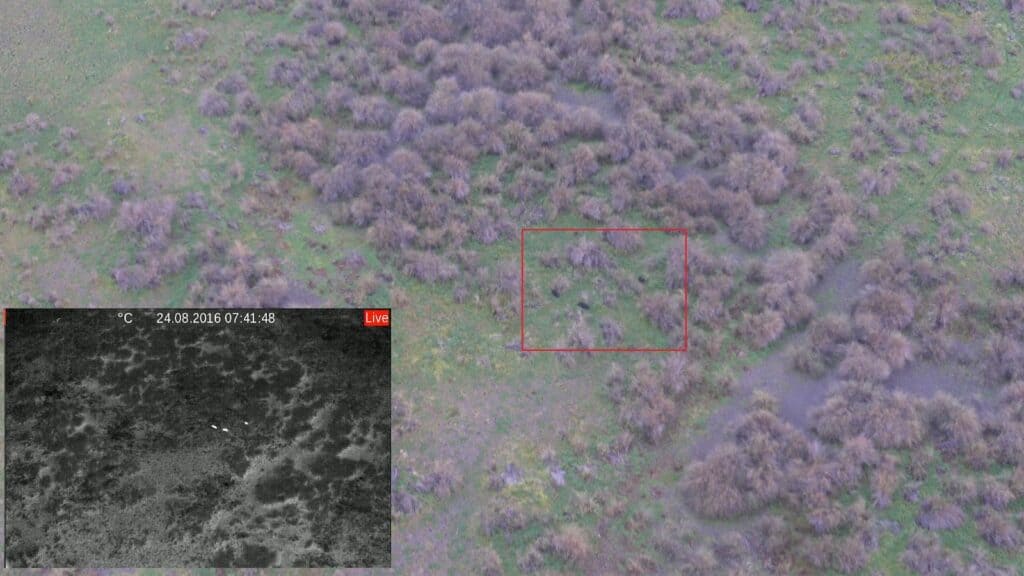
Thermal camera surveying was a key part of the Western Riverina Pest Program’s success. Photo: NSW Government Local Land Services.
The award-winning Western Riverina Pest Program is the largest feral pig control program in the country, covering 1.4 million ha along the Lachlan River south of Hillston and down to the Murrumbidgee River west of Hay.
When the program began in 2016, there were estimated to be around 11 pigs per square kilometre and that number was reduced to less than one by 2020.
Last year, Local Land Services Biosecurity Officer, Suzie Holbery explained that the program’s success came from collaboration and the use of new technology.
“The scale of the initial problem was massive, meaning we needed to work together with landholders and a range of public agencies to respond in kind,” she said.
“We used helicopter-mounted thermal cameras to monitor the impact our work was delivering and we were very pleased with the result.
“Everything from GPS tracking collars and DNA sampling through to livestock exclusion bait containment yards and thermal camera monitoring were used to protect our local industry and environment.”
With numbers once again increasing, Xavier Martin said there was concern that the State Government’s additional pig control funding was due to end tomorrow (30 June).
He said that without coordinated efforts from private and government stakeholders across the state, it would become increasingly difficult to control the problem.
“Trying to keep the pig numbers down farm by farm is a bit like trying to put out half a fire – if you’re not tackling the whole problem methodically, it’ll just keep coming back,” Mr Martin said.
“A lack of effective control on public lands is undermining our collective efforts, and we know that’s where the pigs are breeding because we see them coming onto our farms from public lands.
“We need more resources and a solid commitment from all parties involved to tackle feral pigs so we can get on top of them and stay on top of them.”







